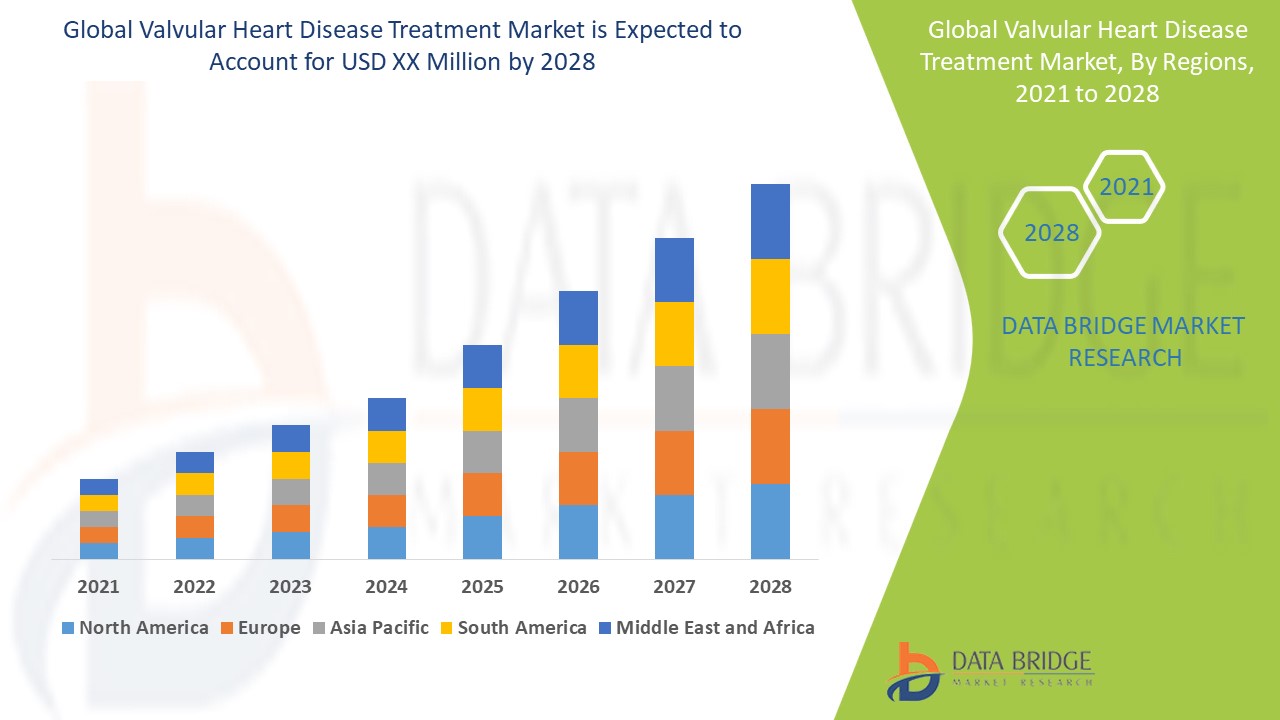

Executive Summary Valvular Heart Disease Treatment Market :
The global valvular heart disease treatment market size was valued at USD 6.28 billion in 2024 and is projected to reach USD 12.20 billion by 2032, with a CAGR of 8.39 % during the forecast period of 2025 to 2032.
The data and information about industry are taken from reliable sources such as websites, annual reports of the companies, and journals, and then validated by the market experts. It covers major manufacturers, suppliers, distributors, traders, customers, investors and major types, major applications. The leading players of the Valvular Heart Disease Treatment Market are making moves like product launches, joint ventures, developments, mergers and acquisitions which is affecting the market and Industry as a whole and also affecting the sales, import, export, revenue and CAGR values. An all inclusive Valvular Heart Disease Treatment Market report brings into light key market dynamics of the sector.
To accomplish supreme level of market insights and get knowhow of the best market opportunities into the specific markets, Valvular Heart Disease Treatment Market research report is the perfect key. This report comprises of a market data that provides a detailed analysis of the industry and its impact based on applications and on different geographical regions, and systemic analysis of growth trends and future prospects. The superior market report consists of reviews about key players in the market, major collaborations, merger and acquisitions along with trending innovation and business policies. The steadfast Valvular Heart Disease Treatment Market business report gives CAGR value fluctuation during the forecast period of 2023-2030 for the market.
Discover the latest trends, growth opportunities, and strategic insights in our comprehensive Valvular Heart Disease Treatment Market report. Download Full Report: https://www.databridgemarketresearch.com/reports/global-valvular-heart-disease-treatment-market
Valvular Heart Disease Treatment Market Overview
The global valvular heart disease treatment market is characterized by intense competition and a focus on technological advancements to improve patient outcomes. The market players mentioned above are at the forefront of innovation in this space, constantly striving to develop more effective and less invasive treatments for valvular heart diseases. As the prevalence of heart diseases continues to rise globally, the demand for advanced treatment options is expected to drive further growth in the valvular heart disease treatment market.
The global valvular heart disease treatment market is witnessing significant growth driven by several key factors. One of the primary drivers is the increasing prevalence of cardiovascular diseases worldwide, leading to a higher incidence of valvular heart diseases. As the population ages and lifestyles become more sedentary, the risk factors associated with heart diseases, including valvular conditions, are on the rise. This trend is expected to fuel the demand for advanced treatment options and innovative therapies in the market.
Moreover, technological advancements in the field of cardiac care are playing a crucial role in shaping the market landscape. Innovations such as minimally invasive procedures like transcatheter aortic valve replacement (TAVR) are gaining traction due to their benefits of reduced recovery times, shorter hospital stays, and improved patient outcomes. Market players are investing heavily in research and development activities to introduce new and improved treatment modalities that offer better outcomes for patients with valvular heart diseases.
Another significant trend in the valvular heart disease treatment market is the growing focus on personalized medicine and precision therapies. With advancements in genetic testing and molecular diagnostics, healthcare providers can tailor treatment plans according to the individual patient's genetic makeup and disease characteristics. This personalized approach not only enhances treatment efficacy but also helps in minimizing adverse events and optimizing patient recovery.